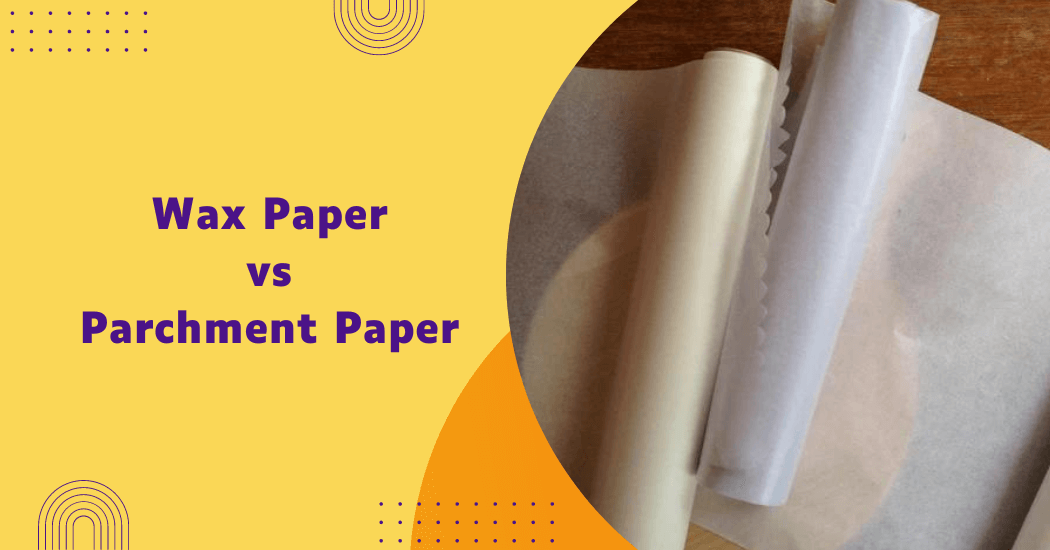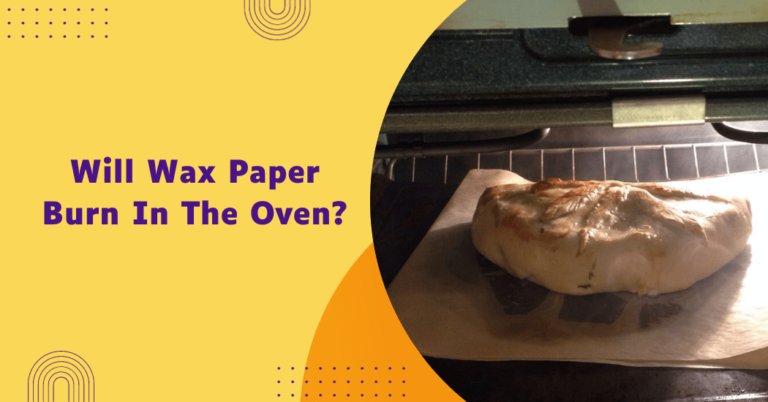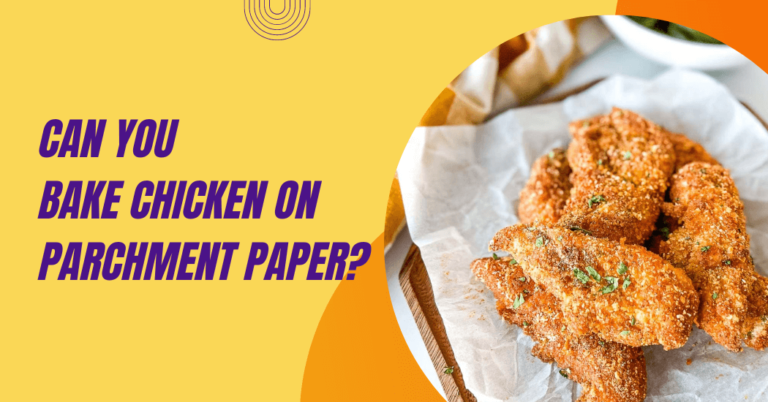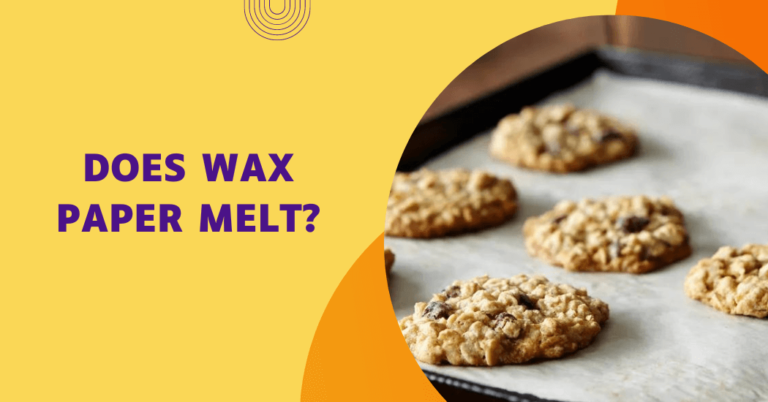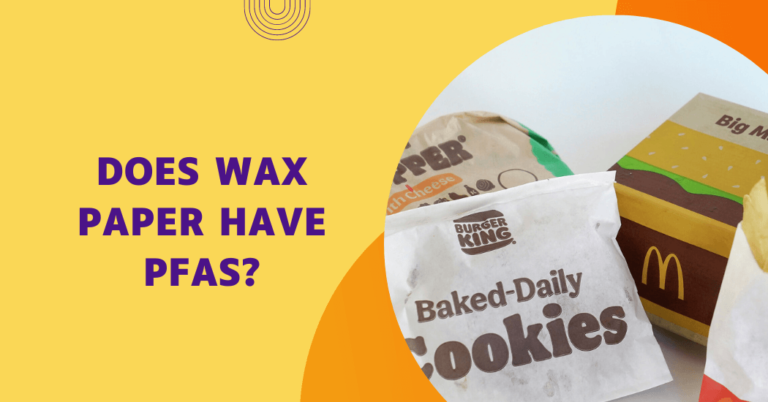Wax Paper or Parchment Paper for Baking?
When it comes to baking, choosing the right type of paper can make a significant difference in the outcome of your culinary creations. Wax paper and parchment paper are two common options for lining baking sheets and pans but they have distinct differences that can impact your baking experience.
Understanding the unique properties of each type of paper is essential for achieving the best results in the kitchen.
In this blog post, we will compare wax paper and parchment paper to help you determine which is the best option for your baking needs.
Wax Paper vs Parchment Paper | Best for Baking
What is wax paper?
Wax paper is a type of food-grade paper that has been coated with wax on both sides. It is typically made from thin, translucent sheets of tissue paper or recycled materials such as bleached Kraft paper.
Wax coating gives the paper a slightly shiny appearance and makes it non-stick, which is why it is often used in baking and other cooking applications.
Uses of wax paper
Wax paper is commonly used for lining baking sheets and pans when making cookies, cakes and other baked goods. It can also be used to wrap sandwiches or cover food items in the microwave as it helps prevent splatters and keeps food moist.
Additionally, wax paper is often used as a surface protector when rolling dough or decorating cakes with frosting.
Pros of wax paper
- Non-stick surface: The wax coating on wax paper makes it non-stick, making it ideal for baking tasks where food may stick to the pan without a barrier.
- Inexpensive: Wax paper is relatively inexpensive compared to other types of baking paper, making it a budget-friendly option for home bakers.
Cons of wax paper
- Not heat resistant: Wax paper has a low heat resistance and can melt or burn when exposed to high temperatures, making it unsuitable for use in the oven.
- Not microwave safe: Due to its low heat resistance, wax paper is not recommended for use in the microwave as it can melt or catch fire.
- Limited reuse: Wax paper cannot be reused multiple times as the wax coating will eventually wear off, making it less eco-friendly compared to other options.
What is parchment paper?
Parchment paper, also known as baking paper, is a type of greaseproof paper that has been treated with an acid or silicone coating. It is thicker and more durable than wax paper and can withstand higher temperatures without melting or burning.
Uses of parchment paper
Parchment paper is frequently used for lining baking pans and sheets to prevent food from sticking. It can also be used as a barrier between layers of baked goods, such as when making layered cakes or pastries.
Additionally, parchment paper is commonly used to wrap foods and steam vegetables or fish in the oven.
Pros of parchment paper
- Heat resistant: Parchment paper can withstand higher temperatures without melting or burning, making it suitable for use in the oven.
- Easy cleanup: The non-stick surface of parchment paper makes cleanup a breeze and helps reduce the need for additional greasing or oiling.
Cons of parchment paper
- More expensive: Parchment paper is more expensive than wax paper, which can be a drawback for budget-conscious bakers.
- Not as versatile: Parchment paper is not recommended for use in the microwave or as a surface protector, limiting its versatility compared to wax paper.
Wax paper vs parchment paper for baking
| Feature | Wax paper | Parchment paper |
|---|---|---|
| Composition | Coated with wax on both sides | Treated with silicone or acid to be non-stick and greaseproof |
| Heat resistance | Not heat resistant; unsuitable for oven use | Heat-resistant and suitable for use in the oven |
| Use in microwave | Not recommended due to low heat resistance | Typically not recommended although some types can be used in the microwave |
| Durability | Can melt or burn at high temperatures; limited reuse | More durable and can withstand repeated uses at high temperatures |
| Non-stick | Yes, has a non-stick surface due to wax coating | Yes, has a non-stick surface due to the silicone or acid treatment |
| Cost | Generally less expensive | More expensive than wax paper |
| Cleanup | Non-stick surfaces aid in cleanup | Non-stick surface facilitates easy cleanup; prevents food from adhering to pans |
| Suitability for baking | Can be used for lining and wrapping not involving heat | Ideal for lining baking sheets and pans for baking |
| Environmental impact | Less eco-friendly; cannot be recycled due to wax coating | More eco-friendly; often can be recycled or composted after use. |
Choosing the right paper for your baking needs
Both wax paper and parchment paper have their pros and cons but ultimately, the best option for you will depend on the specific task at hand. For basic baking tasks where heat is not involved, such as lining a pan or wrapping sandwiches, wax paper may be a more budget-friendly choice.
However, if you plan to use it in the oven or for more heat-intensive baking, parchment paper is safer and more versatile. It’s also worth considering the environmental impact of each type of paper when making your decision.
Overall, it’s always a good idea to have both wax paper and parchment paper on hand in your kitchen for different purposes.
So next time you’re preparing to bake something delicious, don’t forget to grab the right paper for the job! Remember, wax paper for non-stick tasks and parchment paper for heat-resistant baking.
Cost comparison of wax paper and parchment paper
| Aspect | Wax paper | Parchment paper |
|---|---|---|
| Average price per roll | $2.00 – $3.00 (depending on brand and roll size) | $3.50 – $5.00 (depending on brand and roll size) |
| Average length per roll | 75 feet to 100 feet | 75 feet to 100 feet |
| Cost per square foot | Approx. $0.02 – $0.04 | Approx. $0.05 – $0.07 |
| Long-term cost for frequent use | Less cost-efficient due to single-use nature | More cost-efficient in the long-term due to reusability |
| Reusability | Not reusable; single-use due to wax wearing off | Reusable depending on usage; more durable |
| Additional economic consideration | Potential waste due to melting/burning risks in the heat | Reduced waste due to heat resistance and reusability |
FAQs – Wax vs Parchment Paper
Is parchment paper environmentally friendly?
Compared to wax paper, parchment paper is often more environmentally friendly. It can be recycled or composted after use depending on the local facilities and how dirty it is.
Does parchment paper have a right side up when used for baking?
No, both sides of parchment paper are treated to be non-stick and greaseproof so that it can be used either way up.
How many times can I reuse parchment paper?
Parchment paper can be reused several times depending on the heat exposure and type of food baked. It can be used again if it’s not heavily soiled or overly crinkled.
Can I avoid greasing or oiling my pans if I use parchment paper?
Yes, due to its non-stick surface, parchment paper often eliminates the need for additional greasing of pans.
Does using parchment paper affect cooking times or temperature?
Generally, the use of parchment paper does not affect cooking times or temperatures but always check the specific recipe instructions to be sure.
Conclusion
Both wax paper and parchment paper have their unique properties that make them suitable for different uses in the kitchen. If you are looking for a non-stick option for baking, wax paper may be the better choice due to its affordability.
However, if you want a more versatile and heat-resistant option, then parchment paper would be the way to go. Ultimately, it comes down to personal preference and the specific task at hand.
So, consider your needs and choose accordingly to achieve the best results in your baking endeavors.
